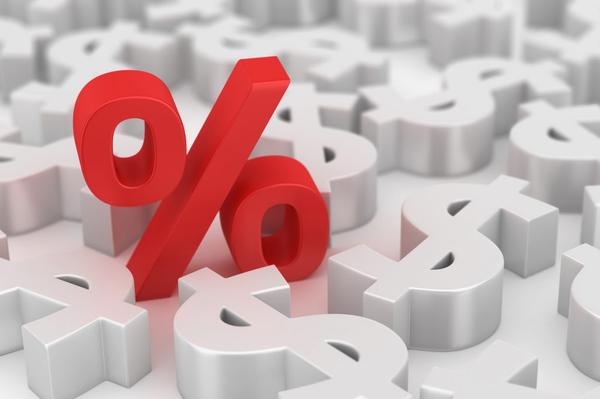
Seaport San Diego Hosting Family Event for Input on New Parks, Open Spaces
A rendering of the Seaport San Diego Urban Beach. Photo credit: Courtesy, Seaport San Diego and OJB Seaport San Diego Parks for All will host a free event Saturday to gather input on the future of parks and open spaces within the Central Embarcadero on the downtown waterfront. The developer, Seaport

MLS PIN urges Nosalek judge to approve settlement agreement
In a legal brief filed on Monday, MLS Property Information Network (MLS PIN) made it clear that it does not agree with the Department of Justice‘s position on the banning of cooperative compensation, as outlined in the DOJ’s statement of interest in the Nosalek commission lawsuit.The DOJ became invo

VA issues temporary fix to allow buyer-paid broker fees
The U.S. Department of Veterans Affairs (VA) on Tuesday issued a temporary fix that will allow homebuyers using VA loans to pay for their real estate agent’s commission — i.e., the buyer-broker fee.The change, a result of the National Association of Realtors’ (NAR) commission lawsuit settlement agre
Categories
- All Blogs (40)
- Advertising (3)
- AI (1)
- Apartments (1)
- Buying (12)
- Compensation (1)
- Condo (1)
- Construction (1)
- Development (1)
- DOJ (1)
- Downtown San Diego (1)
- Escrow (1)
- Expired (1)
- Fees (5)
- Home Projects (1)
- Housing Market (13)
- Infographics (1)
- Inventory (5)
- Investment (1)
- Listing (1)
- Marketing (4)
- Mortgage Rates (9)
- National Association of Realtors® (NAR) (3)
- Negotiation (4)
- Podcast (1)
- Price (12)
- REALTOR® (5)
- Seaport San Diego (1)
- Seaport Village (1)
- Second Home (1)
- Selling (17)
- Showing (2)
- Technology (1)
- VA Loans (2)
- Website (1)
Recent Posts







